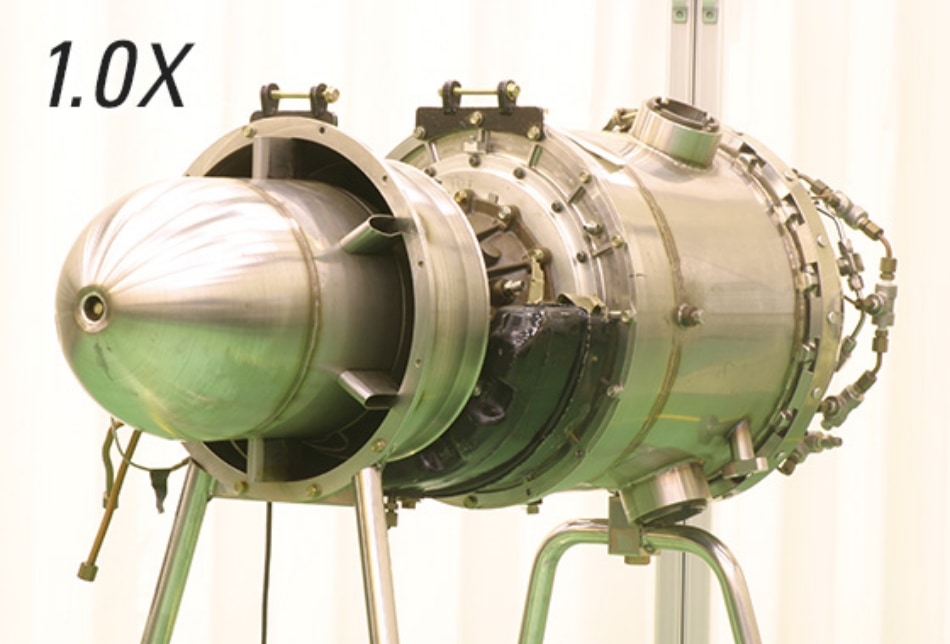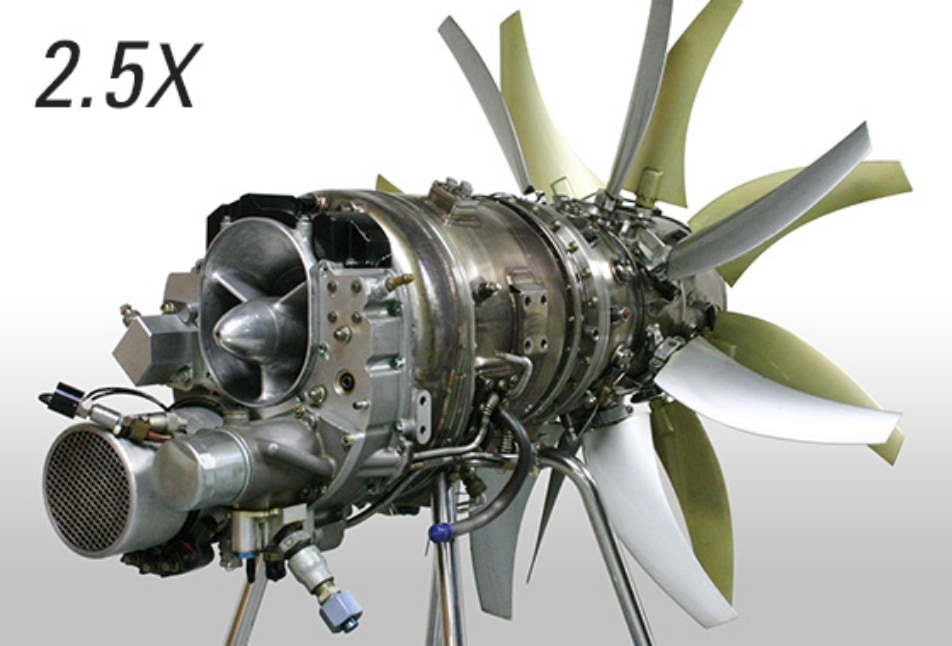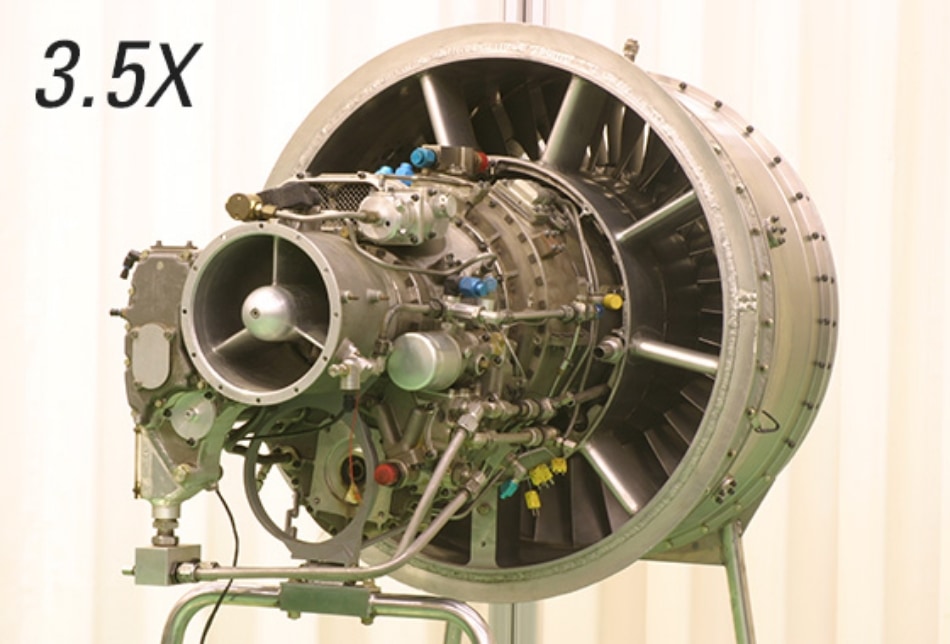History of Aero Engine Development
Let us introduce the history of the various engines, as well as the commercialization of the HF120, which is developed and offered in partnership with the General Electric Company(GE)
Phase 1 Foundation of the elemental technology
(1986 to 1992)
Elemental designs and part manufacturing technologies were learned and matured through research and development on various types of engines.
Launch of Research & Development
1986
Technology Research Center was established, and started research on compact jet engines. The average age of the team members were just 26 years old.
Development of 1.0X, 2.5X, and 3.5X
1986 - 1987
Challenged to develop an engine using ceramics in the turbines and combustors, but durability was a concern.

1.0X was independently developed by utilizing ceramics which did not follow the industry trend.
1987 - 1989
In order to achieve excellent fuel efficiency, we moved toward a cutting-edge propulsion system, 2.5X Advanced Turbo Prop Engine.
However, we were confronted by safety and noise issues of the propellers. (Honda, as well as other manufacturers in the industry, shelved the Advanced Turbo Prop Engine Program due to decreased demand caused by falling oil prices.)

2.5X Advanced Turbo Prop Engine that enables counter-rotating propellers for improved efficiency.
1989 - 1992
Engine type was converted from an engine which generates a propulsion force by propellers, to an engine that generates power by a fan. Although a lot of effort was devoted to designing a unique mold to cast fan blades to reduce costs, materials of the molds could not reach the reliability target.

A new Model 3.5X that reuses the 2.5X front portion and installs a fan into its rear was developed.